- Joined
- Jan 19, 2018
- Messages
- 140
I've acquired numerous suggestions on my journey on choosing the perfect engagement diamond. I've quickly learned about the 4 C's and a few terms such as "eye clean" and "fire". I've also learned some tips such as anything over VS2 is not noticeable to the naked eye and that sometimes an SI1 can show more "fire" than a VS graded due to less carbon specks. These are all helpful tips that I must know! However, I know there are still much more to pay close attention to.
Are there other tips and measurements I should be paying close attention to? I would like to be educated and learn what the ideal numbers are for crown, depth, and pavillion measurements for a round 1.4Carat Diamond (and why).
Someone had mentioned to me that I should look at the Table numbers. One post suggested that 55-57 is ideal, and anything over that may be too flat. I was hoping someone can elaborate on this and explain this to me as if I was 5.
Another member mentioned that I should also be paying attention to the mm size of the diamond and not just the carats, however I did not receive a reason or explanation on why so.
And lastly, I just have a basic question. I read a random thread where a poster had mentioned that they should make sure that the "Diamond is not set too high", out of curiosity, what does this mean and why is it a concern?
Are there other tips and measurements I should be paying close attention to? I would like to be educated and learn what the ideal numbers are for crown, depth, and pavillion measurements for a round 1.4Carat Diamond (and why).
Someone had mentioned to me that I should look at the Table numbers. One post suggested that 55-57 is ideal, and anything over that may be too flat. I was hoping someone can elaborate on this and explain this to me as if I was 5.
Another member mentioned that I should also be paying attention to the mm size of the diamond and not just the carats, however I did not receive a reason or explanation on why so.
And lastly, I just have a basic question. I read a random thread where a poster had mentioned that they should make sure that the "Diamond is not set too high", out of curiosity, what does this mean and why is it a concern?

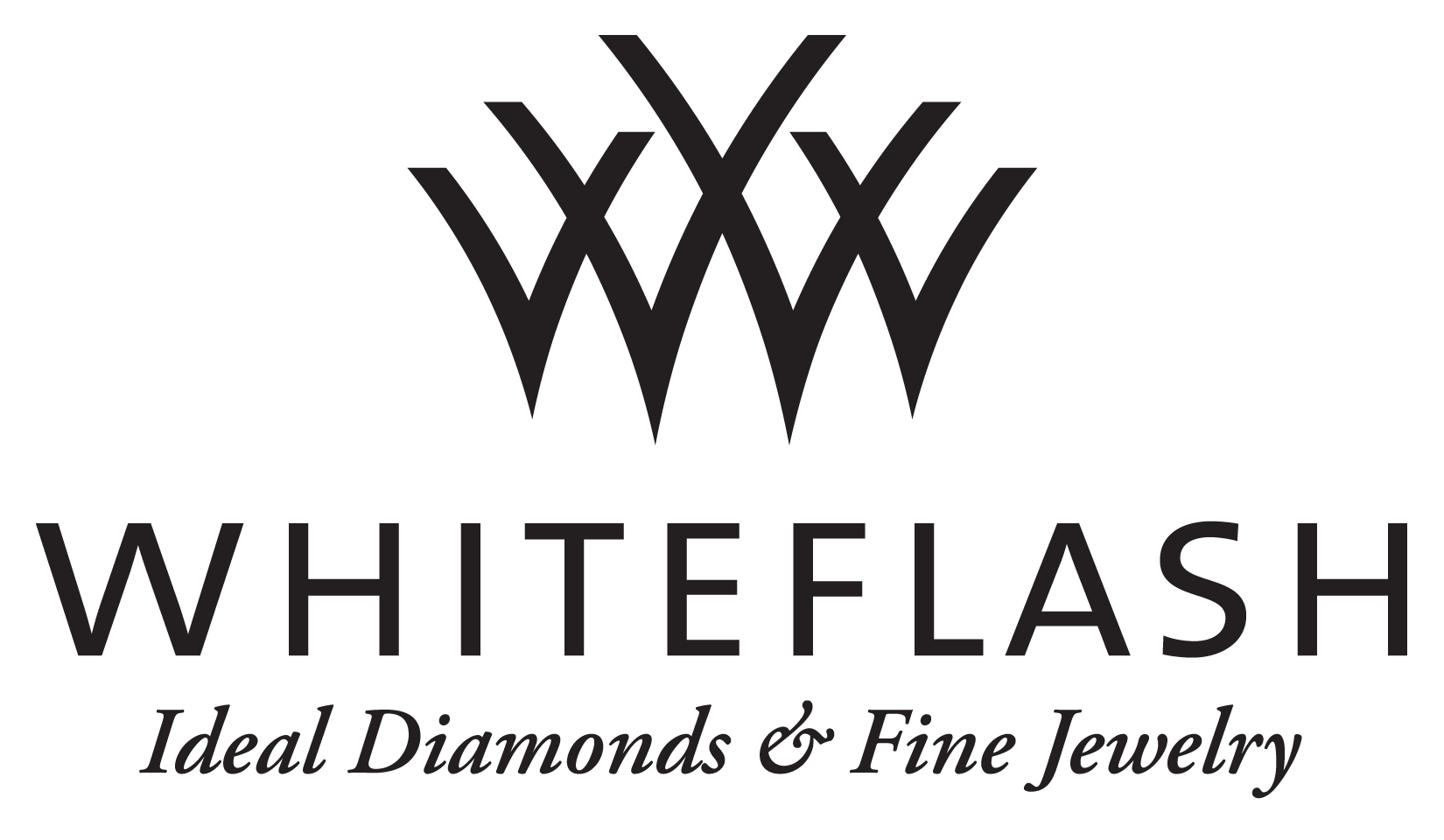
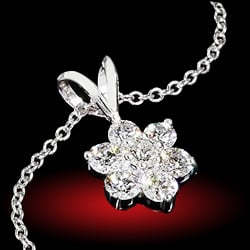
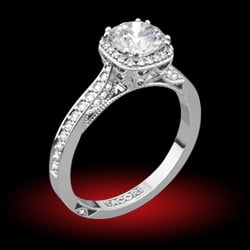
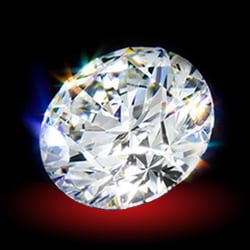
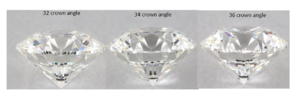

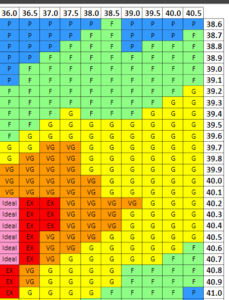
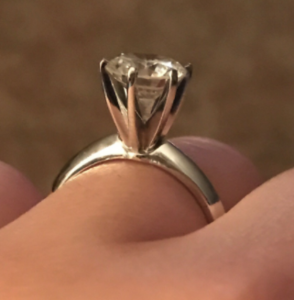

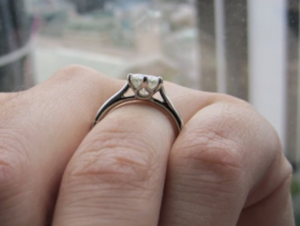
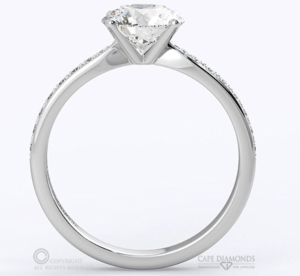
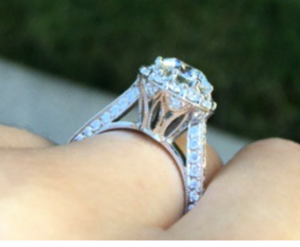


300x240.png)